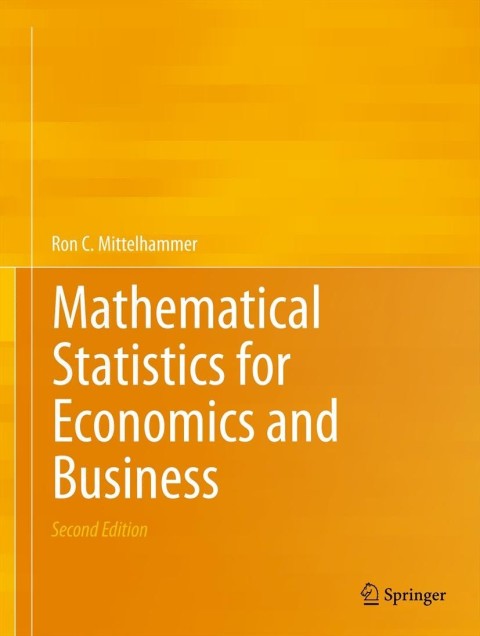The federal mint uses a stamping machine to make coins. Each stamping produces 10 coins. The number
Question:
The federal mint uses a stamping machine to make coins. Each stamping produces 10 coins. The number of the stamping at which the machine breaks down and begins to produce defective coins can be viewed as the outcome of a random variable, \(X\), having a PDF with general functional form \(f(x)=\alpha(1-\beta)^{X-1} I_{\{1,2,3, \ldots\}}(x)\), where \(\beta \in(0,1)\).
a. Are there any constraints on the choice of \(\alpha\) for \(f(x)\) to be a PDF? If so, precisely what are they?
b. Is the random variable \(X\) a discrete or a continuous random variable? Why?
c. It is known that the probability the machine will break down on the first stamping is equal to 05 . What is the specific functional form of the \(\operatorname{PDF} f(x)\) ? What is the probability that the machine will break down on the tenth stamping?
d. Continue to assume the results in \((\mathrm{a}-\mathrm{c})\). Derive a functional representation for the cumulative distribution function corresponding to the random variable \(X\). Use it to assign the appropriate probability to the event that the machine does not break down for at least 10 stampings.
e. What is the probability that the machine does not break down for at least 20 stampings, given that the machine does not break down for at least 10 stampings?
Step by Step Answer:

Mathematical Statistics For Economics And Business
ISBN: 9781461450221
2nd Edition
Authors: Ron C.Mittelhammer





